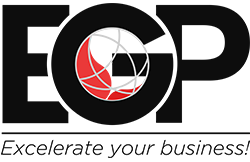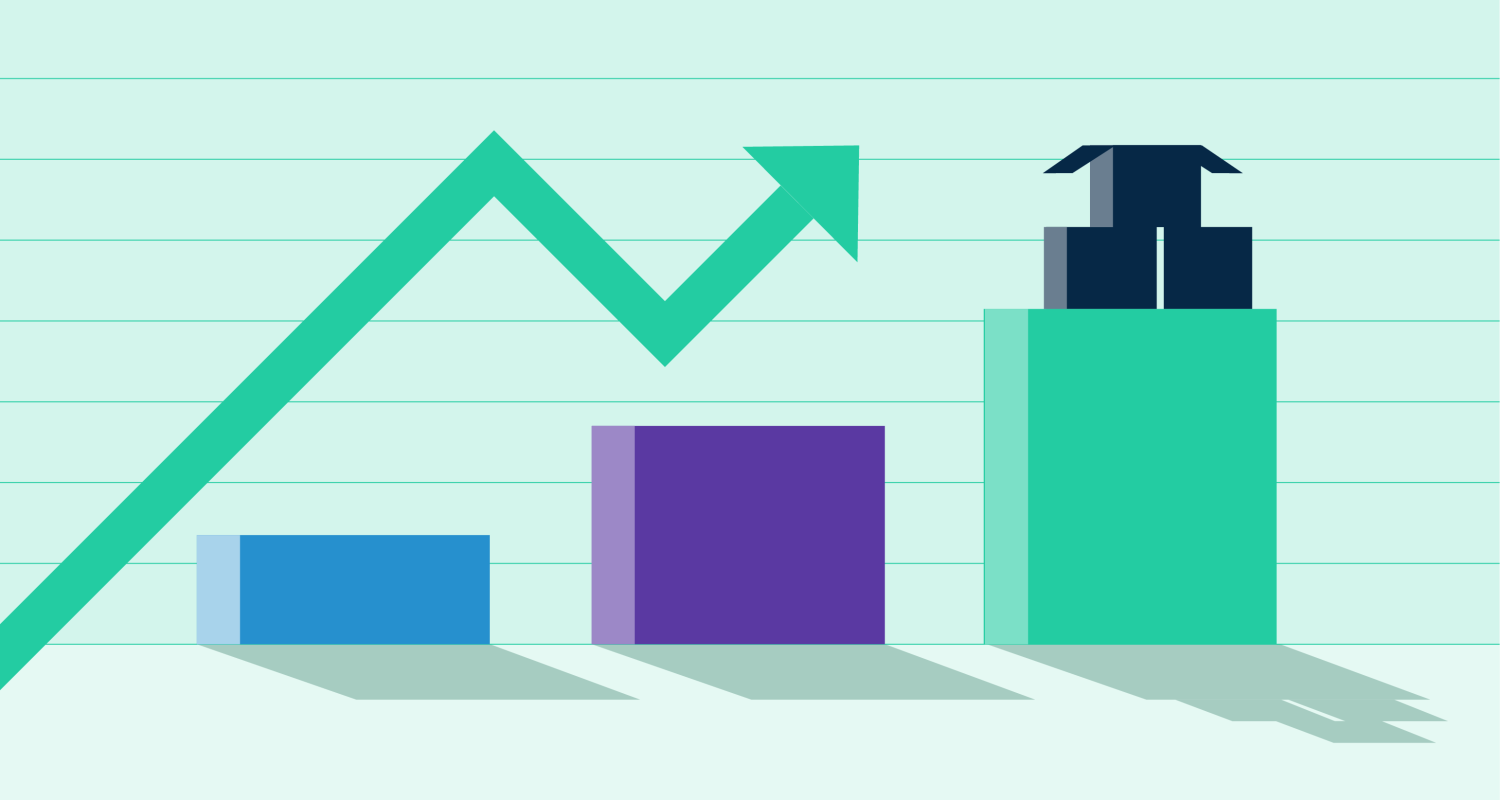This article first appeared on OneStreamSoftware.com by Jaime Marijuán Castro

To keep up with market volatility, business leaders must take two key steps. First, leaders must promote demand planning as a business-critical process from the depths of the back office. Second, leaders must better equip those who do the demand planning with new approaches and tools that improve the forecasts used in the strategic decision-making and Extended Planning and Analysis (xP&A) processes.
Aside from the immediate impact on revenue, poor demand visibility over the long term leads to risks from decision-making based on inaccurate data and a lack of confidence in xP&A processes. Why? Because for business leaders, making well-informed decisions in today’s volatile climate can’t be hindered by obsolete processes and technology, especially if the sheer amount of data available can’t be leveraged.
Whatever changes arise, demand planning helps organizations adapt.

What Makes Demand Planning So Hard?
Understanding demand in today’s volatile business climate has become increasingly difficult for organizations. For instance, many business leaders struggle to understand demand elasticity (i.e., how demand reacts to a price change). A good understanding of demand may help adjusting prices, but the majority can’t forecast demand accurately and will therefore attempt to hold on by squeezing productivity while battling increasing costs. Smaller companies, however, may not have the option to increase prices due to larger, more cash-flush competition suppressing the price.
Regardless of size, for many leaders, demand forecasting is critical but generally lacks transparency when profit margins narrow to unbearable levels.
Demand planners can provide forecasts and insights on demand elasticity that then enable leaders to draw better demand shaping and demand shifting actions. So why do companies struggle with demand predictions?
Ask any demand planner and he/she will tell you that possibly the most frustrating part of the job is making forecasts that no one uses or follows. Lack of accuracy and lack of speed in delivering meaningful forecasts are the two most frequent reasons why internal stakeholders may not trust their output.
Here are some of the most common challenges facing demand planners who are trying to increase the speed and accuracy of forecasting:
- Complex and different data inputs for the models – Manual inputs to the forecasts are provided in different non-compatible formats, whether it’s spreadsheets, paper-based reports, flat files, or other types. Meanwhile, automated system inputs come from different systems underpinned by different data models, which requires a strong effort in data mapping and conversion (e.g, data quality). Consolidating all these inputs drives additional complexity and the use of different tools. Why? Often, the tools at hand are not equipped with the capabilities required to blend this mix, so the demand planners need to “glue it all” in a spreadsheet to produce the forecast.
- Restricted data conversion and limited reach from the forecasting models – First, with different input sources, the data is commonly not homogeneous, leading to poor data quality. Different systems apply different aggregation formulas and date formats, not to mention the different use of commas and zeroes. And while machine learning forecasting is promising, such forecasts have been traditionally limited in scale.
What’s the impact to the demand planner in all this? Ultimately, once the data has been prepared, the forecasting models available to the planner can hardly address the needs of the current business climate. The pace of change is just too great. And there is more to add:
- Culture and organizational structure lead to inadequate practices – In many organizations, demand planning (hence forecasting) sits within the Supply Chain function, and responsibility gets pushed down to lower ranks who have no visibility or insights into product demand. Additionally, organizations with a strong budget culture, even if executed well, may diminish the correct use of demand planning forecasts. Why? Well, even if forecasts are accurate, they ultimately get modified to fit the company’s budgetary expectations.
- Poorly implemented business planning processes lead to ineffective use of the forecast. In the S&OP process, the core purpose is to reach a consensus among sales, supply, and demand. The demand forecast is a cornerstone in an effective S&OP exchange, but if this process isn’t followed or implemented properly, the value of the demand forecast gets curtailed.

In short, the demand planner isn’t to blame!
5 Key Considerations for Demand Planning – At Speed with High-Level Accuracy
Certainly, the above challenges aren’t new, but they stand out in current unstable market conditions. Every effort to improve demand planning will therefore help the business be more competitive and make better use of cash and resources. What’s the best way to improve demand planning? Here are 5 considerations to look out for when aspiring to better demand planning:
1. Adopt a holistic approach to planning and secure ownership from senior leadership.
Research shows that planning doesn’t work well in silos – doing so narrows perspective, creates redundancy, breeds the wrong behaviors, and blurs the vision. In essence, it’s like being guided by a map in pieces. This effect doesn’t remove the need for deep planning per area. Rather, it all must be unified so that, when operational planning is seamlessly interlinked to financial planning (xP&A), demand planning is elevated and becomes an indispensable activity that drives business performance at a corporate level. The CFO should ideally own the xP&A process and stimulate the organization with a culture of collaboration and no finger-pointing. No one on the team should be shy about bringing this point forward until it’s addressed!
2. Seek goal alignment among participants.
Because every function has different and sometimes conflicting objectives, demand forecasting becomes an accessory and not mission-critical. Often, demand planners fail to connect with the stakeholders and listen for needs. This failure is problematic because clarity regarding the intended use for the demand forecast is an absolute must. Will it be used as input for marketing and sales planning? Will it inform budget decisions? Will it drive manufacturing production scheduling?
3. Anchor the forecast to the right data points.
Good data is hard to get in a timely manner, so demand planners are contented with suboptimal, easy-to-access datasets (e.g., sales bookings, sell-in ratios, manufacturing throughput, on-time in- full deliveries, etc.). But the goal is to forecast demand, not sales or supply chain performance. For example, shipments are not a true reflection of demand because they often fail to honor the customer-requested delivery date, so why not use that instead? As another example, when building the constraint demand plan, is it fastened to the right financial data points? Using substandard data points is a clear symptom that the technology itself is an inhibitor. Accordingly, those looking to enhance their demand planning outputs must include the right demand data points in the design and watch for solutions that deliver those data points.
4. Select forecasting techniques that are a good fit with the business.
With the pace of change in the market, time is of the essence. And with all the disparate input sources and judgmental views of the forecast, organizations tend to build overly simplistic assumptions to justify using a few standard forecasting methods. But there’s no one size fits in forecasting. In fact, overly simplifying the choice of models to use limits the accuracy of forecasts. Choosing a method depends on what’s being forecasted (type of product), the availability of abundant and meaningful data (meaningful = relevance, granularity, veracity), the complexity and volume of causal factors required, and the time available to perform the task.
5. Appeal for one version of the truth.
Due to the fragmented nature of systems and organizational structures, many plans and viewpoints exist. That makes it practically impossible to have one version of the plan or see what’s happening (actuals) in time to respond to volatile risks and opportunities. To avoid those pitfalls, all parties should look at the same numbers, ideally under one solution that can handle disparate sources of inputs, upgrade data quality and combine different modeling methods (inclusive of machine learning). A unified solution should also respect the identity of each business unit and business function by showing the information in ways that are meaningful to those identities: multiple product information grouping (e.g., by product family, SKU, territory, stock location, etc.), measure (i.e., unit, value, currency), multiple horizons and flexible intervals.

Conclusion
Business leaders who must drive better business performance can always ask themselves the following question: If demand forecasting accuracy increased by 1%, how much would it mean in terms of…
- Organic growth by reducing demand at risk?
- Inventory levels?
- Better use of working capital?
- Increased cash/reduced cost of capital?
The answers lie within the demand planning team! And while there will always be a need for adding assumptions, achieving higher demand forecasting accuracy at speed must be a key business priority.
Learn More
To learn more about how OneStream can help improve demand forecasting accuracy, download our Sensible ML solution brief for Demand Planning here.



